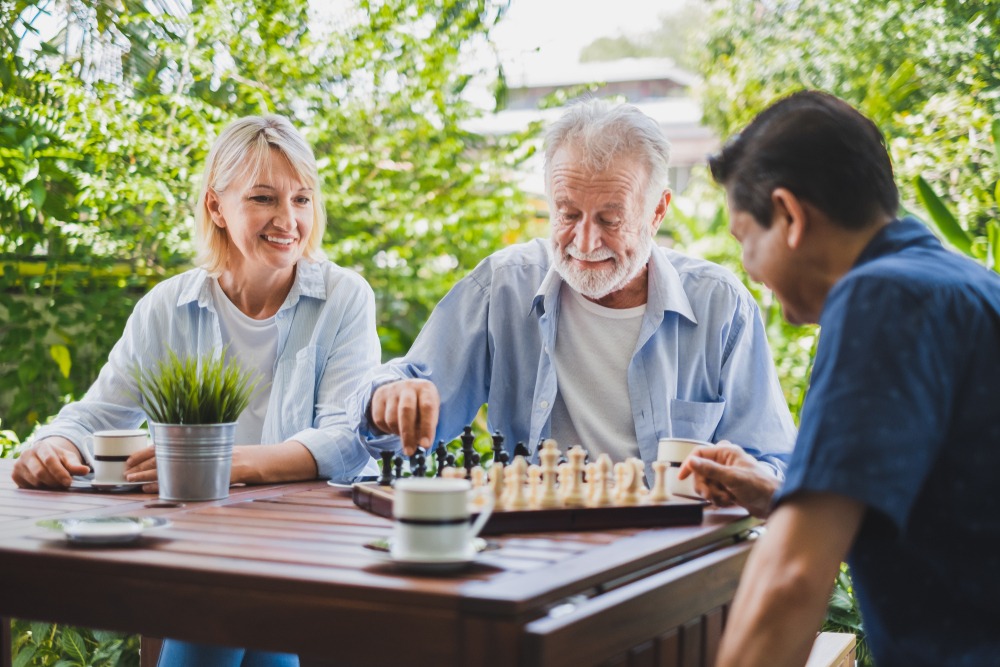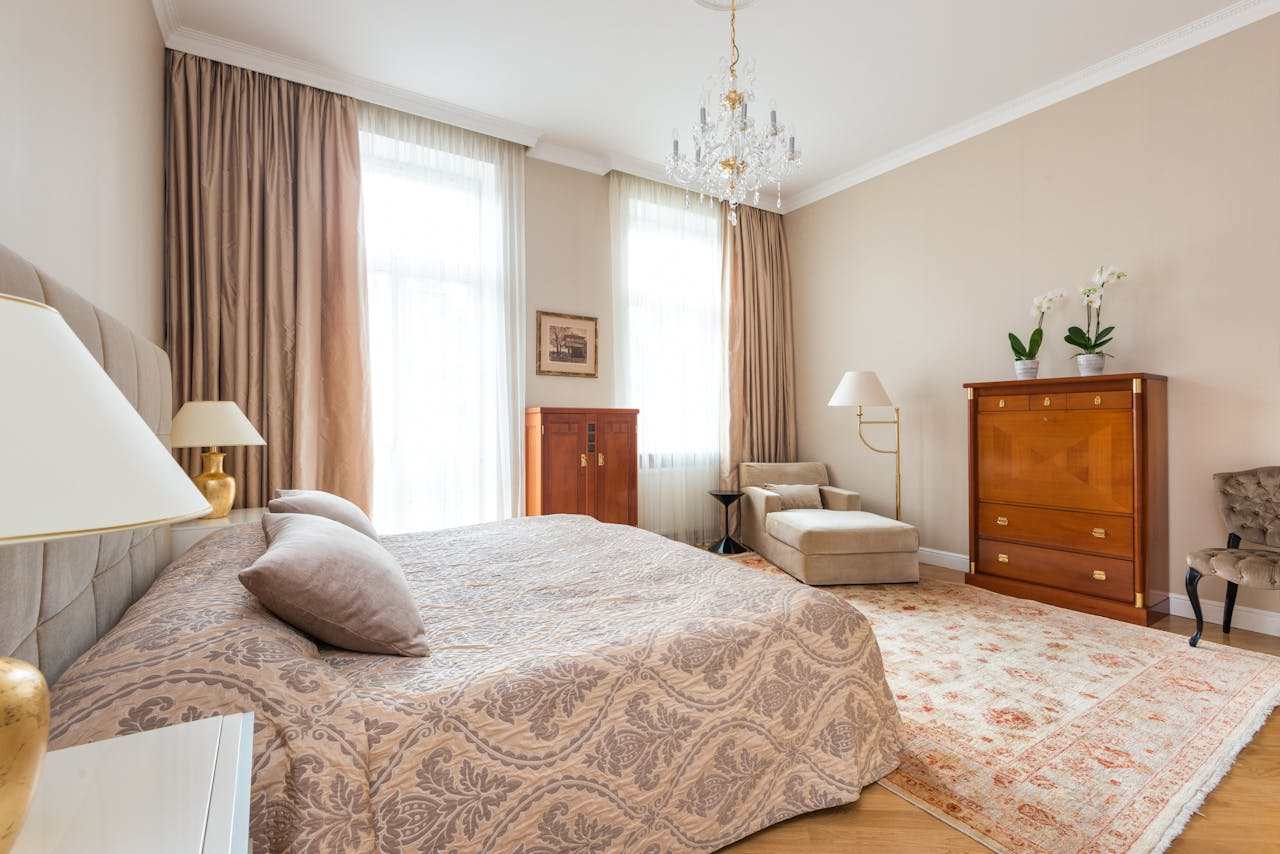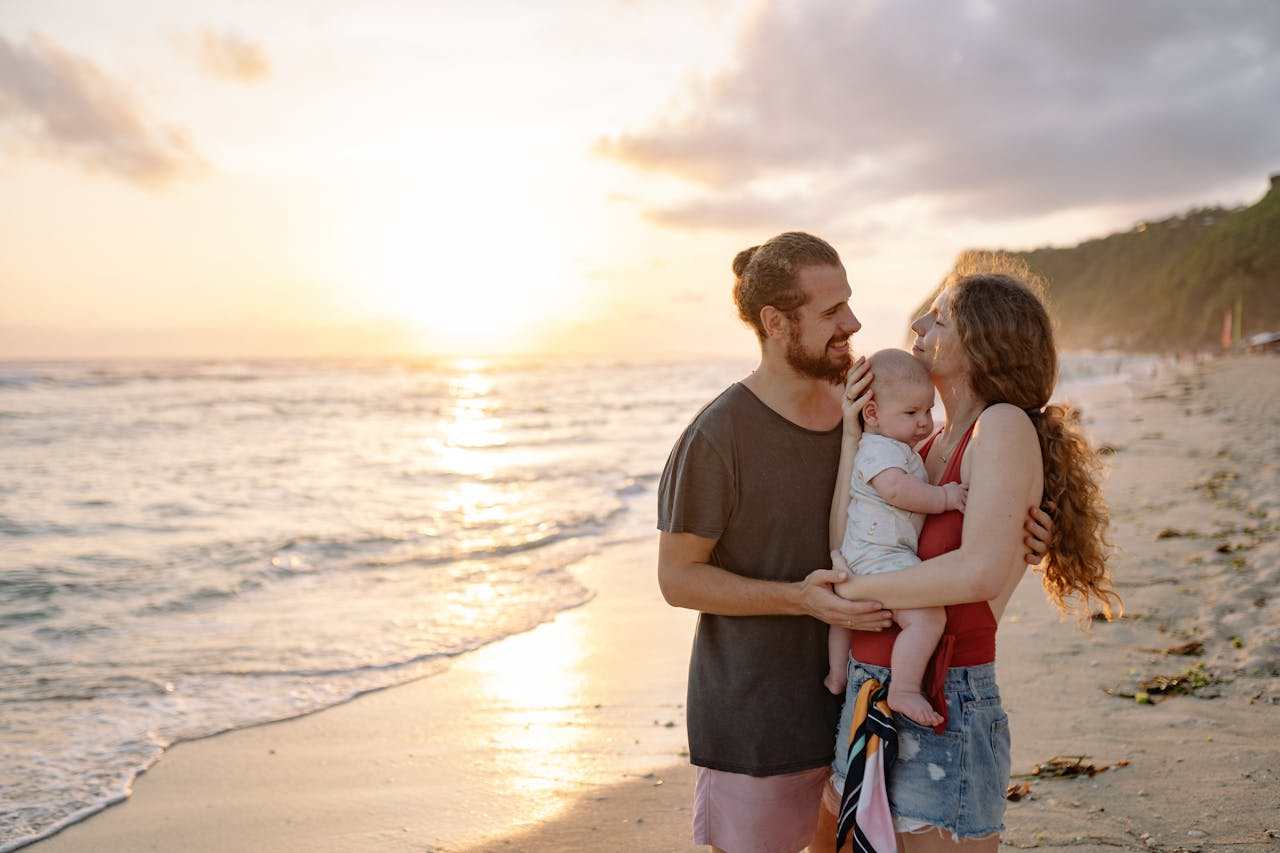For people 75 years and older, traditional landlines were the only phone system they knew for much of their lives. However, simple phones for seniors have evolved significantly, offering crucial connectivity while addressing specific needs of older adults.
Smartphones can be a lifeline for seniors, connecting them with family, providing entertainment, and offering quick access to emergency services. When selecting a simple cell phone for seniors, it’s important to consider their unique requirements. Many older adults are at higher risk for falls, medical events, and social isolation, making the best simple phone for seniors one that prioritizes accessibility and safety features. Additionally, some companies now manufacture senior-friendly phones with assistive technology, addressing concerns like poor eyesight with larger screens and voice commands. If you’re wondering what is the best simple phone for seniors in your life, this guide will help you understand all the essential factors to consider before making this important decision.

In this article, I’ll walk you through everything you need to know about choosing the right phone for elderly users, from understanding their specific needs to selecting devices with features that truly matter.
Understanding What Seniors Need in a Phone
Selecting the right phone for an older adult requires understanding their unique needs. According to AARP, over 60 percent of adults ages 70 and up now use smartphones, making it essential to find devices that work well for their specific requirements.
Vision, hearing, and dexterity considerations
Physical changes that come with aging directly impact how seniors interact with phones. For vision challenges, look for devices with large screens, adjustable font sizes, and high-contrast displays. Many seniors benefit from phones with backlit keypads that make buttons visible in dim lighting.
Hearing limitations need attention too. The best simple phone for seniors should offer powerful speakers with clear, loud sound. Phones with M4/T4 hearing aid compatibility ratings provide optimal performance for those using hearing devices. Some models even support direct audio streaming to hearing aids.
Dexterity issues make small buttons frustrating. As we age, arthritis and reduced finger sensitivity can make traditional touchscreens challenging. Phones with large, tactile buttons or simplified touch interfaces address this concern. Moreover, an easy-to-grip design prevents dropping the device, which could otherwise require bending down to retrieve it – potentially causing falls.
Cognitive load and interface simplicity
A phone’s interface should never overwhelm the user. Studies show technology use among older adults actually benefits cognitive health rather than harming it. A large-scale meta-analysis examining data from over 411,000 adults ages 50 and older found that engaging with digital devices may help protect against cognitive decline and dementia.
Nevertheless, phones with fewer features and simpler menus reduce confusion. Devices with list-style menus and intuitive layouts encourage independent use. Some specialized phones like the RAZ Memory Cell Phone offer super-large icons with enhanced contrast, fewer contacts per screen, and displays that never time out.
Emergency and safety needs
Safety features rank among the most critical considerations. A dedicated emergency SOS button allows seniors to quickly contact help during emergencies. GPS tracking capabilities enable caregivers to pinpoint a senior’s location.
Furthermore, many senior-focused phones include options for storing medical information accessible to first responders. Some models feature “loneliness alerts” that notify caregivers when seniors aren’t participating in enough calls, helping reduce social isolation.
For those with memory impairments, specialized services can divert emergency calls to trained responders instead of 911, preventing unnecessary emergency responses for imagined situations.
Types of Simple Phones for Seniors
Several device categories exist specifically designed to meet seniors’ needs. Each type offers different benefits depending on individual preferences and requirements.
Flip phones with large buttons
Flip phones remain popular among older adults who prefer traditional designs. The TCL Flip 3 is particularly recommended for its affordability and reliability. The Jitterbug Flip2 stands out with its large tactile buttons, big screen, and clear speakers priced at $79.99. It includes Amazon Alexa voice controls for easier operation. Another excellent option is the Snapfon ezFlip 4G, featuring backlit buttons, bright screens, and both SOS buttons and fall detection capabilities.
Basic phones with emergency features
Safety-focused basic phones offer essential communication plus emergency assistance. Many feature dedicated SOS buttons that instantly connect to pre-programmed contacts or response teams. The Snapfon ez4G includes an emergency button that alerts up to five contacts by call and text simultaneously. Upon activation, these phones automatically switch to speakerphone mode and can even play a loud siren to alert nearby people. Certain models like the C1+4G Pro include specialized features such as talking keypads providing verbal feedback of numbers pressed.
Simple smartphones with easy interfaces
For seniors wanting more functionality without complexity, simple smartphones offer the perfect balance. The Jitterbug Smart4 presents text-based menus making navigation straightforward. Users select functions from a clearly labeled list with large, readable type. The RAZ Memory Cell Phone is specifically designed for those with memory issues or cognitive decline. It features a single-screen interface displaying contacts’ photos and names alongside an emergency button.
Voice-activated phones for visually impaired users
Voice technology has transformed phone accessibility for visually impaired seniors. The Jitterbug Flip2 uses Amazon Alexa, allowing users to make calls, send texts, and check battery status verbally. The Samsung Galaxy S25+ comes equipped with Bixby voice assistant for controlling the phone and connected smart home devices. Likewise, the Google Pixel 10 Pro XL includes Gemini AI for advanced voice commands, whereas iPhones offer Siri for similar functionality.

Key Features to Look For
When shopping for a simple phone for seniors, certain essential features directly impact usability and safety. Let’s explore the must-have specifications that make phones truly accessible for older adults.
Loud volume and hearing aid compatibility
Sound quality is crucial for seniors with hearing impairments. The best phones offer earpiece volumes reaching 87 dB and speakerphone volumes up to 125 dB. Look for M4/T4 hearing aid compatibility ratings to eliminate feedback and static when used with hearing devices. Models with tone control allow users to adjust frequencies, making speech clearer regardless of hearing loss pattern.
Large screen and adjustable font size
Screens around 6.5 inches or larger provide better visibility for aging eyes. Many senior-friendly phones feature high-contrast displays with black text on white backgrounds. The ability to adjust text size and brightness ensures comfortable reading even in changing light conditions.
Emergency SOS button and GPS tracking
A dedicated emergency button is perhaps the most vital safety feature. Quality phones connect to trained response teams in under 15 seconds. GPS tracking capabilities allow caregivers to monitor location in real-time, especially important for those at risk of wandering. Some advanced models include fall detection that automatically triggers alerts without requiring button presses.
Long battery life and easy charging
Battery capacity directly impacts reliability. Top simple phones offer between 24-46 hours of talk time, with some models reaching 6800mAh capacity. Convenient charging stations eliminate frustration with tiny ports or cables. Many phones send low battery alerts to caregivers.
Medical info storage and reminders
The ability to store medical information for first responders can be lifesaving. Reminder systems help with medication schedules through on-screen sticky notes. Some phones even offer access to registered nurses and doctors for medical consultations.
Choosing the Right Plan and Budget
Finding the right service plan is just as important as selecting the ideal simple phone for seniors. Initially, consider how the phone will be used and set a monthly budget limit to avoid overspending.
Prepaid vs contract plans
Prepaid plans require upfront payment at the beginning of each month with no long-term commitment. These are ideal for occasional users who primarily need a phone for emergencies or basic communication. In contrast, contract (postpaid) plans bill you after service use, generally including unlimited talk and text with varying data amounts. Mint Mobile offers one of the most affordable senior prepaid options at just $15 per month for 5GB of data and unlimited talk and text.
Senior discounts and family plans
Many carriers provide exclusive discounts for adults 55+. T-Mobile offers two unlimited lines on their Essentials Choice 55 plan for $30 per line monthly. Consumer Cellular, though not exclusively for seniors, tailors its service to the 55+ demographic and offers AARP members a 5% discount on plans. For budget-conscious seniors, adding a line to an existing family plan can be the most economical option.
Data needs for video calls and apps
Assess data requirements based on smartphone usage. Streaming one hour and twenty minutes of video consumes approximately 1GB of data. Given that, unlimited plans make sense for seniors who regularly use email, stream content, or play games. Conversely, those who primarily make calls and send texts can save money with basic plans that include minimal data.
Conclusion
Choosing the right phone for seniors requires thoughtful consideration of their specific needs. Throughout this guide, we’ve explored how physical challenges like vision impairments, hearing difficulties, and dexterity issues significantly impact phone usability for older adults. Most importantly, the ideal device balances simplicity with essential functionality while prioritizing safety features.
Flip phones offer familiarity and tactile buttons, whereas basic phones with emergency features provide peace of mind for both seniors and their caregivers. Simple smartphones with streamlined interfaces serve as excellent options for those wanting additional features without overwhelming complexity. Voice-activated phones have additionally transformed accessibility for visually impaired users.
The perfect phone combines loud volume settings, hearing aid compatibility, large screens with adjustable text, emergency SOS buttons, reliable battery life, and medical information storage. These features collectively create a device that seniors can use confidently and independently.
Phone plans deserve equal attention when making your final decision. Prepaid plans work well for occasional users, while contract options typically provide more comprehensive coverage. Many carriers offer senior discounts or family plan options that make staying connected more affordable.
Remember, the best simple phone for seniors ultimately depends on individual preferences, physical capabilities, and lifestyle needs. Taking time to assess these factors before making a purchase will ensure you find a device that truly enhances communication, safety, and quality of life for the older adult in your life.













